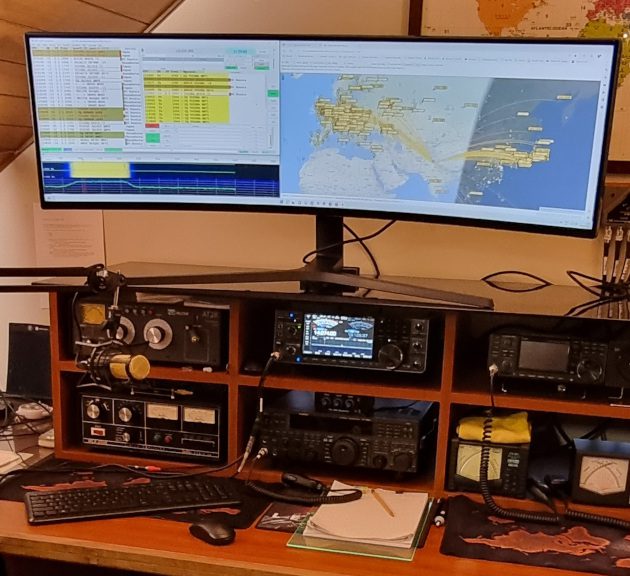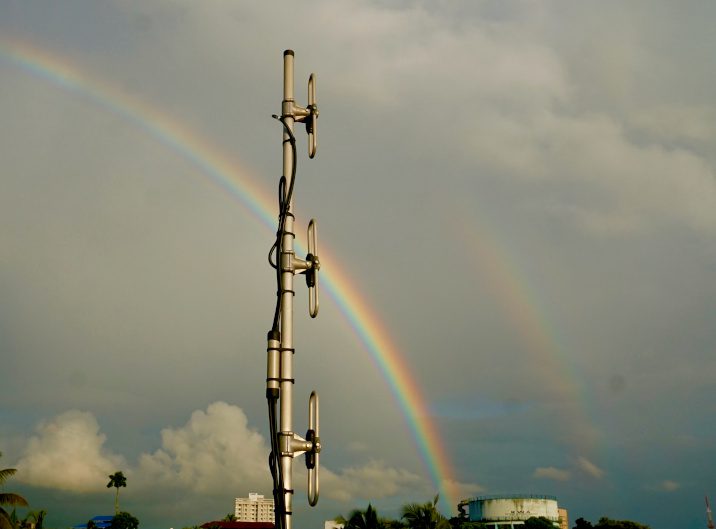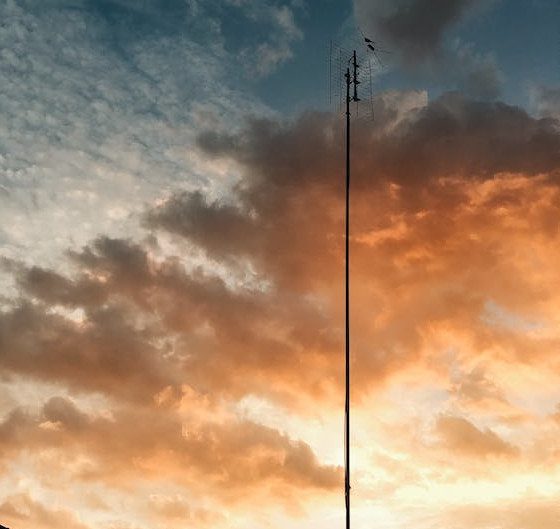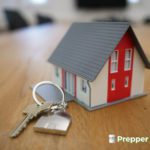Ham radio and disaster preparedness go hand in hand. This topic should not be overlooked.
When a SHTF situation occurs there’s a good chance with the power grid down, internet connections, mobile networks, and all other commonly used forms of electronic communication will be down as well. Yet, it’s still important to be able to know what’s going on in the outside world. Is it safe to leave my home? Has society given in to mayhem in the aftermath of a disaster?
Follow along as we provide you with a brief overview of what ham radio is, how to use it, and more.

This is the first article in a series of articles that will cover communication methods and disaster preparedness.
What is ham radio?
Ham radio is the common name for amateur radio service. Amateur radio enthusiasts build, rebuild, maintain, operate, and experiment with radios and antennas for communications purposes.
The amateur radio service is regulated by the Federal Communications Commission (FCC) in the United States. Anyone in the country can get a license to operate an amateur radio station, as long as they pass a written examination administered by the FCC.
Ham radio is used for various purposes, including emergency communications, public service, recreation, and more. Amateur radio enthusiasts build their own equipment and experiment with different frequencies and modes of operation to communicate with other hams around the world.
Amateur radio operators use a variety of different antennas to communicate:
- Dual Band VHF/UHF Antenna
- Parallel Dipole Antenna
- Trap Dipole Antenna
- End Fed Half Wave (EFHW) Antenna
- Wire Dipole Antenna
- HF Wire Doublet Antenna
- Yagi/Directional Antenna
We’ll cover each of these types of antennas in a future article.

Now that we know what ham radio is, now we’ll talk about using them.
How to use a ham radio
Ham radios are a great way to stay connected with friends and family, as well as provide a valuable service during emergencies. But how do you use the ham radio?
There are three simple steps to using a ham radio:
1. Choose the right radio. There are many different types of ham radios on the market, so it’s important to choose the one that’s right for you. If you’re starting out, we recommend a simple handheld radio.
There are 4 types of ham radios:
- Handheld Transceiver (“HT”)
- Mobile Station (installed in a vehicle)
- Base Station (fixed location, typically a home)
- Portable Station (just as its name states. It’s portable, but not like a Mobile Station which is constantly traveling).

2. Get a license. As stated above, in order to operate a ham radio, you must have a license from the FCC. This process is simple and only takes a few minutes.
The 3 types of ham licenses are:
- Technician (the most basic and minimum required)
- General (allows you to operate long distances and internationally)
- Extra
There are also classes to help you prepare for the exam and to help you learn how to operate a ham radio.
3. Start talking. Once you have your radio and license, you’re ready to start talking. Find a local repeater or other ham radio operator and start chatting.
Consider downloading CHIRP. CHIRP is an open-source software tool that can help you program an address book for your ham radio.

One thing to note is that frequencies between 144-148 on 2 meter are usually very active. It’s a good place to start.
Why is ham radio the best for those of us that prepare for disasters?
Ham radios are an excellent tool for those who prepare for disasters. They are reliable, easy to use, and can be a lifeline in a crisis.
– Ham radios are reliable. They do not rely on the power grid or internet, so they can be used even when other communication systems are down.
– Ham radios are easy to use. Even if you are not a trained radio operator, you can still use ham radio to communicate with others in a disaster. There are countless resources online to learn from.
– Ham radios can be a lifeline. In a disaster, ham radios can be used to contact loved ones, summon help, or coordinate rescue efforts.
Comment below to let us know about the other benefits of using ham radio. We’d like to hear from you.
Final Thoughts – ham radio and disaster preparedness

Using Walkie-Talkies is another option, but they’re not as reliable and they don’t extend as far as ham radio communication.
The next time you’re driving through a country road and you see a large non-commercial-looking antenna tower coming out of someone’s property, there’s a good chance they operate a ham radio.
If you are preparing for a disaster, be sure to include a ham radio in your plan. Stay prepared friends!




My husband is an Amateur Extra and his call sign is KQ4CPZ. I am working towards the Technician license. Thanks Prepper Nerd!
That’s great! Good to hear you’re in good shape on comms!
I obtained my Technician license 40+ years ago and did nothing with it. I decided a few weeks ago to get serious and get into emergency communications. I dusted off the HT and found a local repeater and now starting on my General license as well as researching transceivers for a base station. I am getting a little old for exams but we’ll see…
Great to hear Jeffrey!